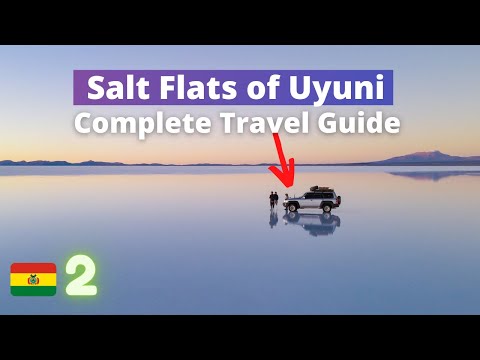
Nestled high in the Andes Mountains at an elevation of over 3,600 meters, Salar de Uyuni offers one of the most mesmerizing natural spectacles on Earth. Often referred to as the world’s largest salt flat, it spans an area of more than 10,000 square kilometers in southwestern Bolivia. This extraordinary landscape transforms into a giant mirror during the rainy season, creating surreal and unforgettable vistas. Whether you’re a photographer, an adventure seeker, or simply someone in search of tranquility, Salar de Uyuni has something magical to offer.
### **What is Salar de Uyuni?**
Originally part of a prehistoric salt lake that went dry, leaving behind a desert-like landscape of bright-white salt and rock formations. During the wet season (from January to April), nearby lakes overflow and a thin layer of water transforms the flats into a stunning reflection of the sky above.
### **Best Time to Visit**
Visiting Salar de Uyuni can vary dramatically depending on the time of year:
– **Dry Season (May to October)**: This is when you can explore the vast expanse on foot or by a 4×4 vehicle. The dry weather makes it easier to travel across the flats and also provides opportunities for seeing natural formations like cactus-studded islands.
– **Wet Season (November to April)**: The rainy season offers the iconic mirror effect that makes Salar de Uyuni famous. Although travel can be more challenging due to flooded conditions, it’s worth it for photographers seeking to capture spectacular reflections.
### **Getting There**
The gateway city to Salar de Uyuni is Uyuni itself. You can reach this small town by bus from major Bolivian cities like La Paz and Potosi or by air with daily flights from La Paz into Joya Andina Airport (UYU). From Uyuni, various tour operators offer day trips as well as longer excursions that include overnight stays right on the salt flats.
### **What to Do**
– **Sunset and Sunrise Watching**: Witnessing sunrise or sunset over Salar de Uyuni is truly breathtaking with changing colors reflecting off either dry salt patterns or watery surfaces.
– **Isla Incahuasi**: This hilly outpost amid the flats is covered in giant cacti and offers panoramic views — ideal for photography.
– **Tunupa Volcano**: Situated at the northern edge of Salar de Uyuni, this volcano offers impressive views over the entire area and opportunities for hiking.
– **Salt Hotels**: Experience unique accommodation made almost entirely out of salt blocks extracted from Salar itself.
### **Practical Tips**
1. **Climate**: Prepare for cold temperatures especially during nights—even in summer—due to high altitude.
2. **Altitude sickness**: At over 3,600 meters above sea level, altitude sickness can be a concern; acclimatize gradually if coming from sea level.
3. **Hydration**: Stay well hydrated as the dry air quickly saps moisture from your body.
4. **Protection**: Bring sunglasses and sunblock due to strong UV rays reflected off the white surface.
5. **Guided Tours**: Opting for guided tours not only provides insights into local geology and ecology but also ensures safety across challenging terrains.
### **Conclusion**
Salar de Uyuni remains one of Bolivia’s top attractions for good reason—its otherworldly landscapes offer unmatched beauty making it a must-visit destination for those traveling through South America. Whether you come during wet or dry seasons, this vast expanse will leave you awestruck with its natural beauty and extraordinary phenomena such as its stunning mirror effect during periods of flooding. Make sure your camera batteries are charged; you won’t want to miss capturing these moments!
